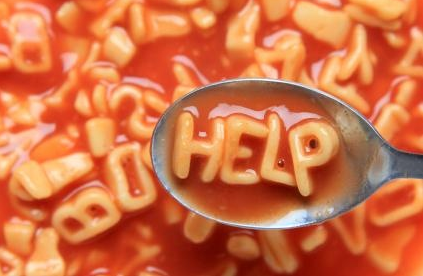When you speak the language of plywood, it becomes second nature. However, for those looking to embrace plywood into their next project the variety of letters, types of glue, species available and various sheet sizes can become a little overwhelming to say the least. We’ve written a blog previously about the glues used in plywood production (Click here to read it), but we wanted to follow up with a blog explaining plywood grading.
The basic plywood grading system is actually fairly simple but, like most things, the more specific you get the trickier it becomes. Sadly, we continually see some people associated with our industry, including builders, cabinet makers, architects and designers, incorrectly using and specifying plywood. This can end up resulting in variances in the desired aesthetic, severe cost implications, issues in supply and use in applications where the product is not suitable.
Typically, when plywood people talk plywood grades they’re referring to the grade of the veneers used on the face and back of the plywood. Often a higher grade is used on one-side as compared to the other as there’s no point using high quality veneer on the back if it’s not going to be seen (such as wall and ceiling panels). The veneer grades are most typically defined by one of four letters – A, B C and D, with A being the highest grade.
How the veneers are graded will vary slightly depending on the species and the grading rules or standard the veneers are being graded in accordance with, but let’s keep it simple for now:
A A clean, smooth finish, free from knots, large splits and other disfiguring imperfections. Typically, this grade is suitable for a high-quality clear lacquer finish
B A smooth, solid surface, suitable for a high-grade paint finish. Imperfections may include discoloration and stain as well as repaired (putty filled) holes and/or splits.
C Not typically used as a decorative grade as this grade will often include imperfections such as knots, splits, and stain or discoloration. There is a limitation of the imperfections to ensure structural integrity and consistency in the surface quality.
D Generally used within the core (not the faces) of the plywood. Veneers are typically characterized by large knots, splits, roughness and discoloration.
When you’re discussing your plywood requirements, the plywood grade is usually referred with two letters, as we need to describe both the face and the back of the sheets, for example A/C, B/B, or B/C (among a variety of other combinations). The first of the two letters describes the quality of veneer used on the face of the plywood, with the second letter describing the back. Often the two letters will be separated by a forward slash ie A/C, B/B, B/C and so on but some times you’ll see the grades without the this is just a personal preference.
There are some imported plywood products which use slightly different grading systems. For example, our range of Fireply, Birch Plus and Lite Ply are sold as B/BB. In these products, the A Grade veneers are mixed in with B Grade so you may find a higher level of inconsistency in the finished plywood. The ‘BB’ compnet is a single grade for the back of the plywood and is generally a grade somewhere between ‘B’ and ‘C’. For such products, it may be safest to consider them as a B/C and bare this in mind when specifying these in highly decorative clear lacquer applications.
Generally speaking, if you want to use plywood in a decorative application such as for walls linings with a clear lacquer, we always advise using plywood with an A Grade face. In some applications, such as cabinetry or furniture, you may choose to take your chances with a B Grade face as defects can often be cut around or used in unseen parts of the project. You may also choose to use B Grade faced plywood if the plywood is going to be dark stained or used on a high ceiling when small defects are not going to be noticed by most people. While selected B Grade in place of A Grade will save you some money, keep in mind, you are taking a risk and there may be sheets, or parts of sheets, which are not suitable for your intended application. These losses may result in a higher costs in the long run – so plan carefully.
While the basic grading rules explained in this blog are generalised, you should ask questions and request samples if you’re feeling unsure. Plywood is a natural product and the appearance of all grades will vary. If the person giving you answers doesn’t give you the confidence you need, seek a second opinion. At Matilda Veneer, we’re always happy to answer your questions and explain our products in more detail.



